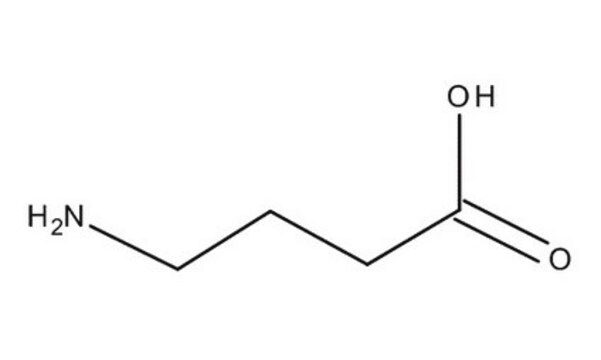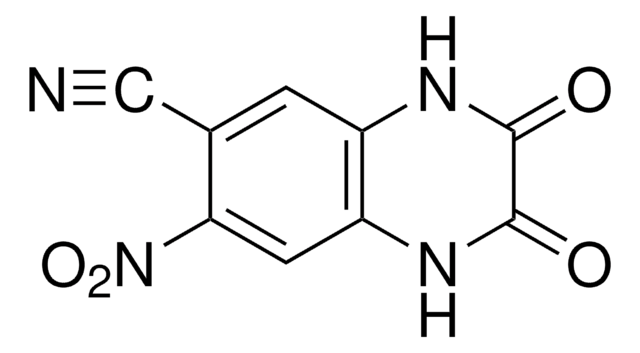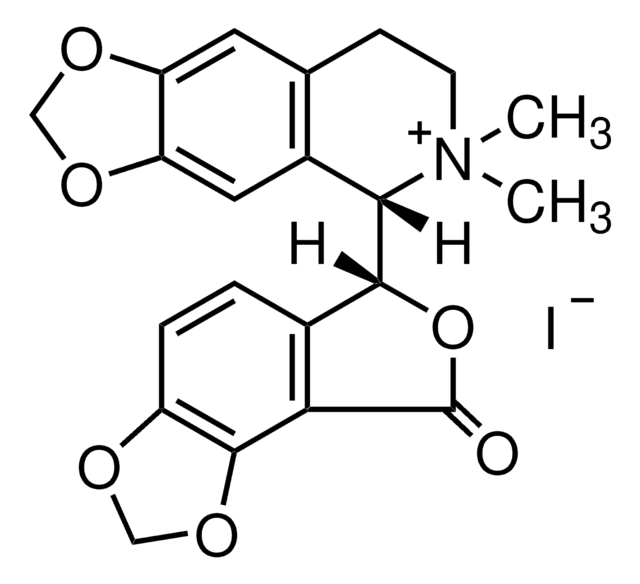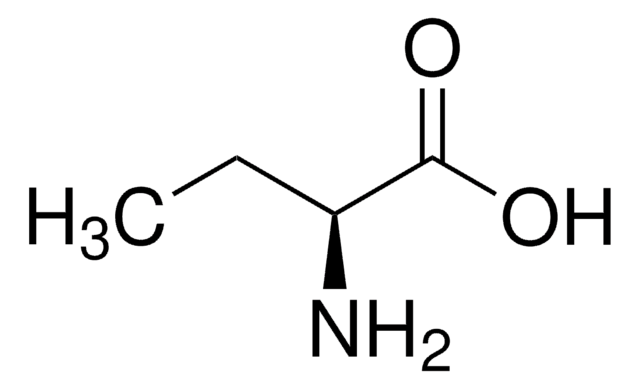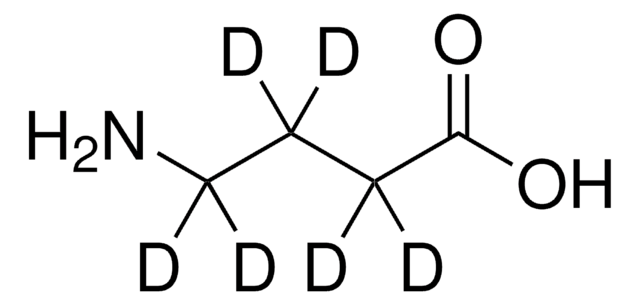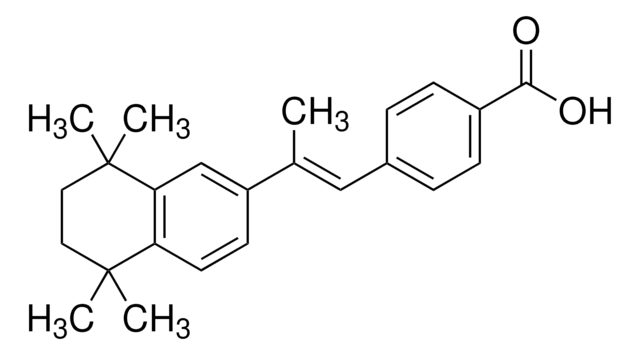A5835
γ-Aminobutyric acid
≥99%, suitable for ligand binding assays, BioXtra
Synonym(s):
3-Carboxypropylamine, 4-Aminobutanoic acid, GABA, Piperidic acid, Piperidinic acid
About This Item
Recommended Products
Product Name
γ-Aminobutyric acid, BioXtra, ≥99%
product line
BioXtra
Quality Level
Assay
≥99%
form
powder
technique(s)
ligand binding assay: suitable
impurities
<0.0005% Phosphorus (P)
<0.1% Insoluble matter
ign. residue
<0.1%
color
white
mp
195 °C (dec.) (lit.)
Looking for similar products? Visit Product Comparison Guide
1 of 4
This Item | A2129 | 03835 | PHL83415 |
|---|---|---|---|
| technique(s) ligand binding assay: suitable | technique(s) - | technique(s) HPLC: suitable | technique(s) - |
| assay ≥99% | assay ≥99% | assay ≥97.0% (HPLC) | assay ≥98.0% (HPLC) |
| product line BioXtra | product line - | product line - | product line phyproof® Reference Substance |
| impurities <0.0005% Phosphorus (P), <0.1% Insoluble matter | impurities - | impurities ≤1.0% water | impurities - |
| Quality Level 200 | Quality Level 200 | Quality Level 100 | Quality Level - |
General description
Application
Biochem/physiol Actions
Storage Class Code
11 - Combustible Solids
WGK
WGK 1
Flash Point(F)
Not applicable
Flash Point(C)
Not applicable
Personal Protective Equipment
Choose from one of the most recent versions:
Already Own This Product?
Find documentation for the products that you have recently purchased in the Document Library.
Customers Also Viewed
Articles
Inborn errors of metabolism are caused by changes in specific enzymatic reactions and hundreds of different such alterations, which affect about 1 of every 5000 newborns, have been characterized.
Our team of scientists has experience in all areas of research including Life Science, Material Science, Chemical Synthesis, Chromatography, Analytical and many others.
Contact Technical Service

